Curious and playful with a long history, the Lhasa Apso is distinguished by its long flowing coat

Lhasa Apso Spotlight
- Given as gifts by the Dalai Lama
- One of the oldest dog breeds
- Sturdy, smart and reserved
- Eager to please their owners
- Great for first-time dog owners
- Adapt well to apartment life
- Great travel companions
- Glamorous coat
History
The Lhasa Apso is native to Tibet’s Himalayan Mountains and is named for the holy city of Lhasa. The breed’s initial purpose was to provide companionship for Buddhist monks, as well as to guard monasteries. The first recorded mention of the breed dates as far back as the 7th century B.C.
For a significant period of time in the breed’s early history, the little dogs were considered sacred and were given as gifts to Chinese Emperors and their families by the Dalai Lama up until the early 1900s. A big reason behind the sacredness of the breed was that when a Lhasa Apso’s master died, his or her soul was believed to enter the body of the little dog. They were also thought to be incredible good luck charms.
Lhasa Apsos first arrived in the U.S. when a pair was given as a gift from the 13th Dalai Lama in the 1930s. The man who received this pair was a well-known traveler and naturalist named Suydam Cutting. He owned a farm in New Jersey, and on that farm he used this pair to breed a fine line of Lhasa Apsos.
Although the breed was relatively new to the U.S., it did not have to wait very long for recognition. The American Kennel Club officially recognized the breed in 1935 and it currently ranks as the 65th most popular dog breed on the AKC’s list.
Personality & Temperament
Lhasa Apsos are small and sturdy dogs. They are typically friendly but are quite serious as opposed to the lighthearted, carefree nature of some other small dog breeds. They are affectionate toward their families and are typically somewhat reserved around strangers.
They are very smart and are always eager to obey their owners and learn something new, although they do have a stubborn streak that can make them difficult to train on occasions. Their high adaptability level makes them great apartment dwellers and travel companions. They are very playful at home and tend to be barkers.
Lhasa Apsos are excellent companions when properly trained and socialized. However, failure to do so can result in numerous behavioral issues, of which the most notable and least desirable is small dog syndrome. Separation anxiety, resource aggression and acting vicious toward other dogs, even significantly larger dogs, are just some of the characteristics that Lhasa Apsos with small dog syndrome might possess.
Fortunately, proper training can prevent Lhasa Apsos from developing these traits and can help to diminish these traits if they do arise. Make it very clear from the beginning that you are in charge of your Lhasa Apso, not the other way around, and he or she is sure to become a wonderful, well-tempered companion and a lovable addition to your home.
Appearance & Grooming
The body of the Lhasa Apso is slightly longer than it is tall. When fully grown, the Lhasa Apso will stand nine to eleven inches tall at the shoulder and will weigh twelve to fifteen pounds. The head is held high and the small eyes are deep-set and dark in color.
The feet and legs are covered in fur. The straight double-coat is thick and flows down the length of the dog’s body. The feathered tail stands erect and curls on itself over the top of the dog’s back near the hindquarters. The Lhasa Apso is most commonly gold or honey colored, but there are no particular colors that are preferred or considered flaws in the show ring.
The long, flowing coat of the Lhasa Apso requires weekly grooming. Those that are currently showing should have the characteristic long coat, but owners of non-showing Lhasa Apso often choose to keep the dog’s shorter puppy cut as it is far easier to maintain. Regardless of length, the coat should be brushed once per week to keep it looking its best and remove any excess hair.
The teeth should be brushed a minimum of once per week but more frequently than that is considered ideal. The nails should be trimmed at least every other week to prevent floors, furniture and people from accidentally getting scratched.
Health
- Cherry eye or eyelid protrusion occurs when there is a pink mass protruding from the dog’s eyelid. It appears in dogs as well as cats and is far more prevalent in younger animals. It can appear in one or both of the dog’s eyes.
- Patellar luxation happens when a dog’s kneecap is dislocated from its original position. The issue is quite common, especially in toy and miniature breeds. The exact moment the dislocation occurs is typically the only time the dog will feel pain or discomfort, and signs that a dog has a dislocated kneecap include skipping, lameness and irregular movement.
- Keratoconjunctivitis sicca or dry eye syndrome is relatively common in Lhasa Apsos and some other small dogs. Symptoms of dry eye syndrome include frequent blinking, fluid discharge, swelling of tissue around the eye and more, with severe cases of dry eye syndrome resulting in impaired vision or loss of vision altogether.
- Progressive retinal atrophy (PRA) is a cluster of diseases that impact the retina. The diseases cause the cells in the retina, which is located in the rear portion of the eye, to become abnormal. Most cases of PRA result in a complete loss of vision. This group of diseases is genetic, meaning they it is passed down, so not all Lhasa Apsos are at risk. Veterinarians recommend that breeding dogs receive annual eye exams to determine if they are carriers of the gene associated with PRA. When selecting your Lhasa Apso, be sure to work with a responsible breeder who tests for these abnormalities and is honest about the dog’s health backgrounds.
Exercise & Care
Lhasa Apsos have a medium energy level and need daily walks in order to live a happy and healthy life. Indoor playtime is also important but should not be expected to replace important outdoor exercise. They also enjoy off-leash adventures in secure areas such as fenced-in yards and enclosed dog parks.
Those without regular access to fenced-in areas need not worry, as Lhasa Apsos are highly adaptable to living in apartments and will do just fine if given daily walks and frequent playtime.
Other than the occasional time they spend exercising outdoors under their owner’s supervision, Lhasa Apsos prefer a clean, comfortable indoor environment and should never be expected to sleep or live outdoors. Each individual dog will have varying nutritional needs so be sure to work closely with your breeder and veterinarian to determine a feeding routine and a type of food that works best for your dog.
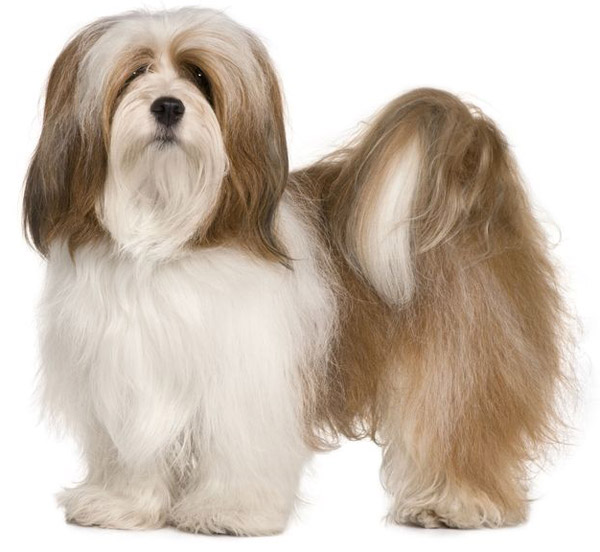
 China (Tibet)
China (Tibet)
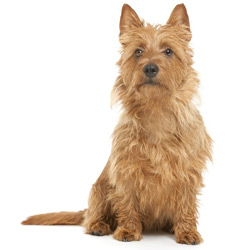
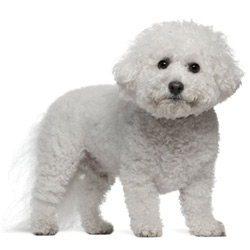
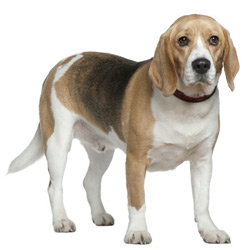
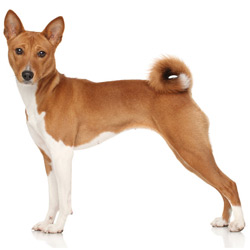
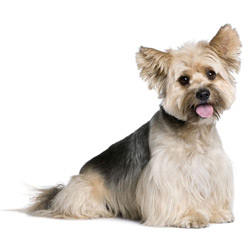
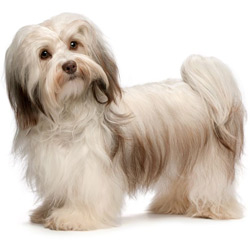
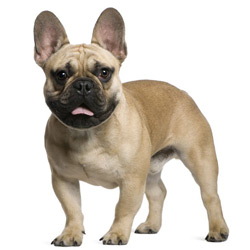
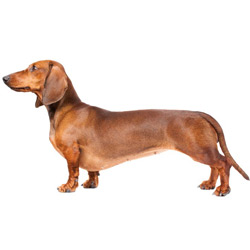
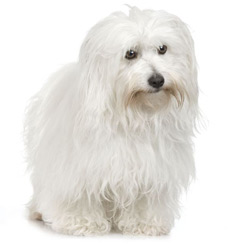
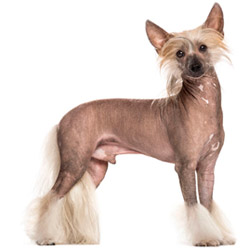
What do you think?